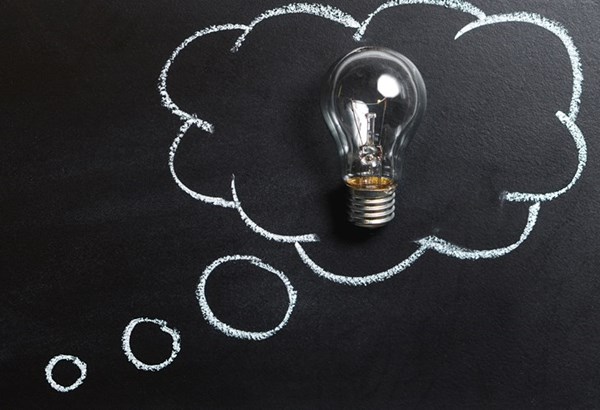
As I live alone, I bear the full responsibility of my own daily life, and managing my food intake is obviously part of it. As I do a lot of grocery shopping and cooking, it was inevitable to notice that a great amount of food and ingredients is being thrown away. That is not just while cooking at home, but already in the grocery stores. It is not just a personal problem, as the issue is noticeable on a societal level as well.
Keeping environmental degradation in mind, and to promote the principle of sustainability, we should reduce the harmful and unnecessary man-made waste.
In recent years, reducing plastics has been a hot topic, and it is fascinating to see how people can change their attitude towards using plastic products and how fast their behavior is altering as well.
People all around the world are trying to reduce the number of plastic waste from an individual scale to a national scale.
Meanwhile, we are still ignoring the fact that food waste is one of the most tragic, harmful and biggest problems that mankind is facing.
Some might say that food waste is not that harmful to the environment because it came from nature itself and is thus decomposable. But in fact, food waste is one of the biggest problems which is threatening both mankind and the environment. Not just due to the economic loss and massive market inefficiency, but also because 1 in 9 people on the planet is either starving or malnourished while 200 tons of food is being wasted in Switzerland per day.
Therefore, for my written thesis and practical work, I came up with the idea of creating products based on food waste, combined with the method of making bioplastic from milk which is also a huge part of wasted food.
I would like to encourage people to take a chance to think about their habits towards not only consuming single-use plastics, but also wasting food which most likely has not been eaten at all. Furthermore, I would like to not only introduce the beauty of bioplastic made out of milk to the people, but also the stunning colors of the wasted fruits and vegetables which is easily forgotten.
Rather than just making bioplastics by chemical and lab-based methods, I used simple, traditional and most importantly non-toxic methods. This involves turning the casein inside the milk into sustainable bioplastic and combining it with modern techniques to create unique and beautiful products from it.